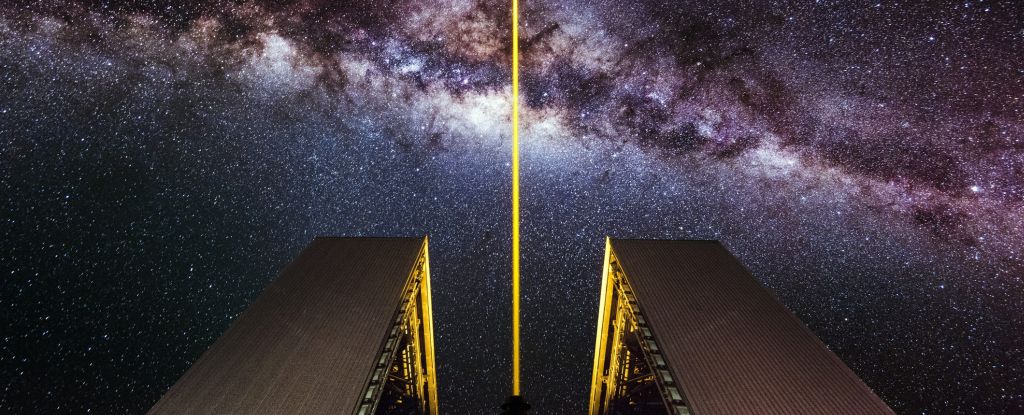
NASA’s Psyche spacecraft has achieved a significant milestone in space communications by successfully transmitting its final infrared laser message back to Earth from a distance of 350 million kilometers (218 million miles). This transmission marks the end of a groundbreaking phase in NASA’s Deep Space Optical Communications (DSOC) technology test, which began with the spacecraft’s launch in 2023.
The transmission, received in December 2024, demonstrates the remarkable capabilities of DSOC, which has set a new benchmark for data transfer in deep space. The Psyche spacecraft beamed a total of 13.6 terabytes of data back to Earth, including an ultra-high-definition video sent at a speed of 267 megabits per second from more than 30.5 million kilometers away. This achievement is a significant step towards enhancing communication for future missions, particularly those aimed at Mars.
Sean Duffy, acting NASA Administrator, emphasized the importance of advancements in laser communications technology. “NASA is setting America on the path to Mars, and advancing laser communications technologies brings us one step closer to streaming high-definition video and delivering valuable data from the Martian surface faster than ever before,” he stated.
Challenges and Innovations in Laser Communication
The DSOC technology has proven to be effective, but it also presents unique challenges compared to traditional radio communications. Laser signals are highly focused beams that require precise alignment to ensure the signal reaches the target receiver. In contrast, radio signals are broader, making them easier to transmit without exacting precision.
As the Psyche spacecraft moved farther from Earth, its downlink rate decreased. By April 2024, when the spacecraft was approximately 225 million kilometers away, the transmission rate had dropped to 25 megabits per second. This highlights the need for sensitive receivers capable of detecting the limited number of photons that reach them. Additionally, environmental factors such as Earth’s atmosphere and weather can disrupt the signals.
According to Clayton Turner, associate administrator of NASA’s Space Technology Mission Directorate, the DSOC technology has exceeded expectations. “Over two years, this technology surpassed our expectations, demonstrating data rates comparable to those of household broadband internet and sending engineering and test data to Earth from record-breaking distances,” he noted.
A Bright Future for Space Exploration
The Psyche spacecraft’s journey continues as it heads toward the asteroid belt, with a planned rendezvous with its namesake asteroid in 2029. As it transitions to standard radio communications for data transmission, the groundwork laid by the DSOC technology will play a vital role in future exploration missions.
The success of this project underscores the necessity for advancements in communication technologies as humanity increasingly ventures into space. With the DSOC’s successful demonstration, NASA is well-positioned to tackle the communication challenges of future missions, including potential missions to Mars.
For more information on the developments of the Deep Space Optical Communications technology, NASA’s official website provides detailed insights into the project’s objectives and achievements.






